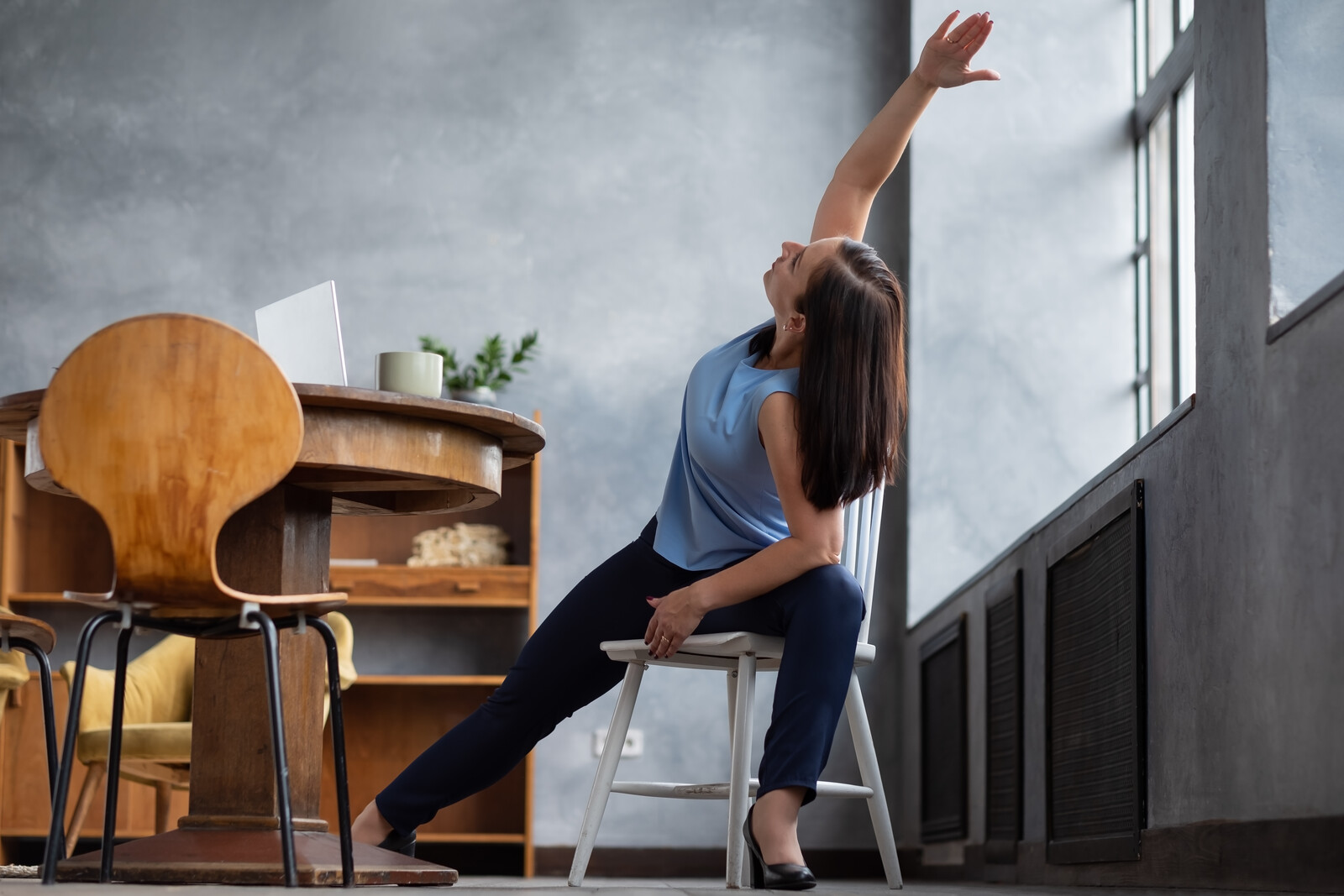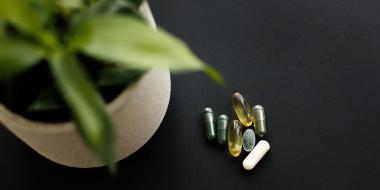This is the second of a five-part series designed to highlight the bases upon which good health is built. The foundations of health are often overlooked but have the biggest impact on our health.
Whether or not we care to admit it, we probably spend more time sitting than anything else. There’s good reason why the phrase, "Sitting is the new smoking" rings true: we are far more stationary than our ancestors ever were, and for many of us, our daily life literally consists of moving from one mode of sitting to another (from bed to car to office, back to car, to couch and finally to bed again!). The saying, coined by Dr. James Levine, professor of medicine at the Mayo Clinic, encapsulates his belief that all of our sitting is not only going against what we’re meant to be doing, it’s bad for our health! According to Dr. Levine, “Sitting is more dangerous than smoking, kills more people than HIV, and is more treacherous than parachuting. We are sitting ourselves to death.”1
Advances in technology have allowed us to access the world through our fingertips without having to move from our beds, which decreases more and more the need to venture outdoors physically. And despite how comfortable and easy ruling one’s domain from the comfort of a seated position might be, humans were not meant to be sedentary! Movement is medicine, and our bodies and minds need it more that we think they do! Exercise provides numerous health benefits, including lubrication of our joints, improving blood flow, supporting our lymphatic system, and enhancing our quality of life.
MOVE ALONG
Our body has five main routes of elimination: our urine, bowels, breath, skin, and sweat. We process toxins created as waste products from cellular metabolism, our environment, and the food we eat. While most of us understand how our elimination processes work, the significance of our lymphatic system is often forgotten. Involving a series of vessels from our head to our toes that helps to move waste products and assist our immune system, lymph capillaries pick up bacteria, viruses, protein, electrolytes, and excess fluid while draining away debris from our circulatory system. The lymphatic system is powered by our breathing and movement patterns, making movement not only essential for getting a good sweat to eliminate toxins and decrease the burden on our detox organs, but also for ensuring that our lymphatic system can do its job.

Moving Those Muscles!
Exercise plays an integral part in the prevention and treatment of many disease states, including chronic kidney disease,2 rheumatoid arthritis,3 high blood pressure,4 diabetes,5 and neurological conditions such as Parkinson's disease.6 A systemic review noted that exercise and education about physical activity also improved function, reduced pain, and reduced medical visits and healthcare costs for those with hip and knee osteoarthritis.7 Further, there is also evidence that acute physical activity (either aerobic or resistance exercise) improves cognitive function,8 and can dampen the age-related decline in cognitive performance, which can translate into higher productivity and quality of work. In addition, a 2019 study measured an increase in the cortisol awakening response (CAR) in participants in a 6-month supervised aerobic exercise intervention, which is associated with greater decreases in subjective stress.9
The benefits of movement don't stop there. Perhaps one of the biggest benefits of physical activity is its positive effects on mental health. Exercise has been shown to help with managing depression,10, 11, 12 PTSD, and anxiety.13, 14 The mechanism of exercise as an intervention for mental health has been suggested through decreasing several inflammatory pathways in the body and brain.15
Move It! Move It!
The idea of exercise can be daunting to some people, but don't fret! There are many small ways that you can increase your physical activity without it feeling too overwhelming. Try some of the following:
- Set multiple timers during your workday for periods where you get up to stretch your legs
- Grab a friend and exercise together
- Join a group fitness class
- Have someone to keep you accountable (e.g. a trainer, loved one, or online community)
- Set small weekly goals for yourself and increase them weekly (e.g. "This week I will walk 5000 steps daily, and next week I will increase that to 6000 steps daily")
- Use the stairs instead of the elevator or escalator
- Go for a 30-minute walk daily
- If driving, park farther from your destination than normal
- If taking transit, get off a couple of stops earlier so you can walk the rest of the way
- Find something fun that used to constitute "play" as a kid, such as jumping on a trampoline or skipping rope
- Leverage technology to keep you motivated (e.g. step counters, fitness apps)
- Add a movement twist to your everyday activities (e.g. 10 jumping jacks after brushing your teeth, or 20 squats between TV episodes)
Exercise is a cost-effective and easy treatment to implement that promises to provide big health rewards. As always, please consult your healthcare provider before starting any exercise regime to ensure it is safe for you.
For references visit ecoparent.ca/TWF/SUM21.
You may also enjoy: Sleep Science: Why Sleeping is Important, How to Fit Exercise into a Busy Parent Schedule, and 9 Supplements to Aid Recovery and Boost Fitness Performance.






